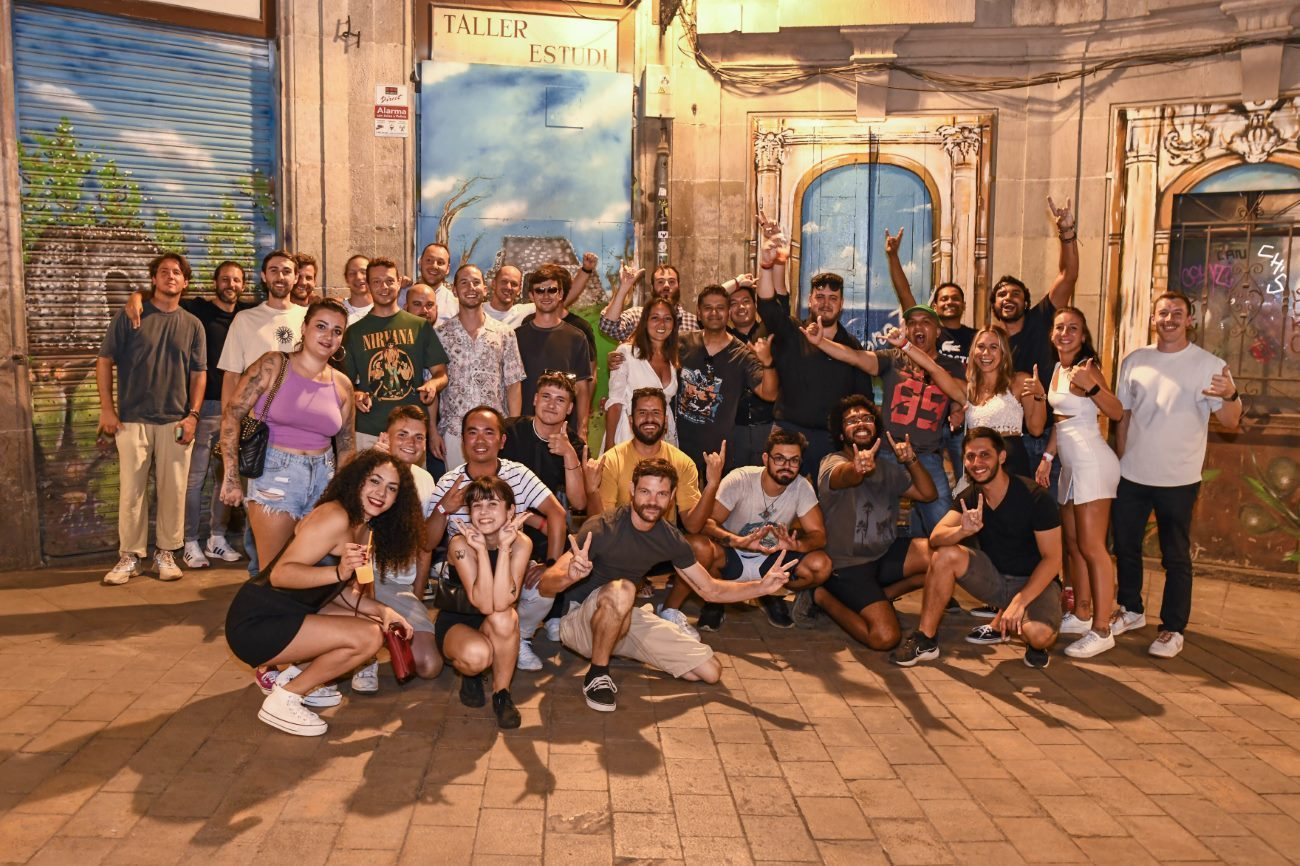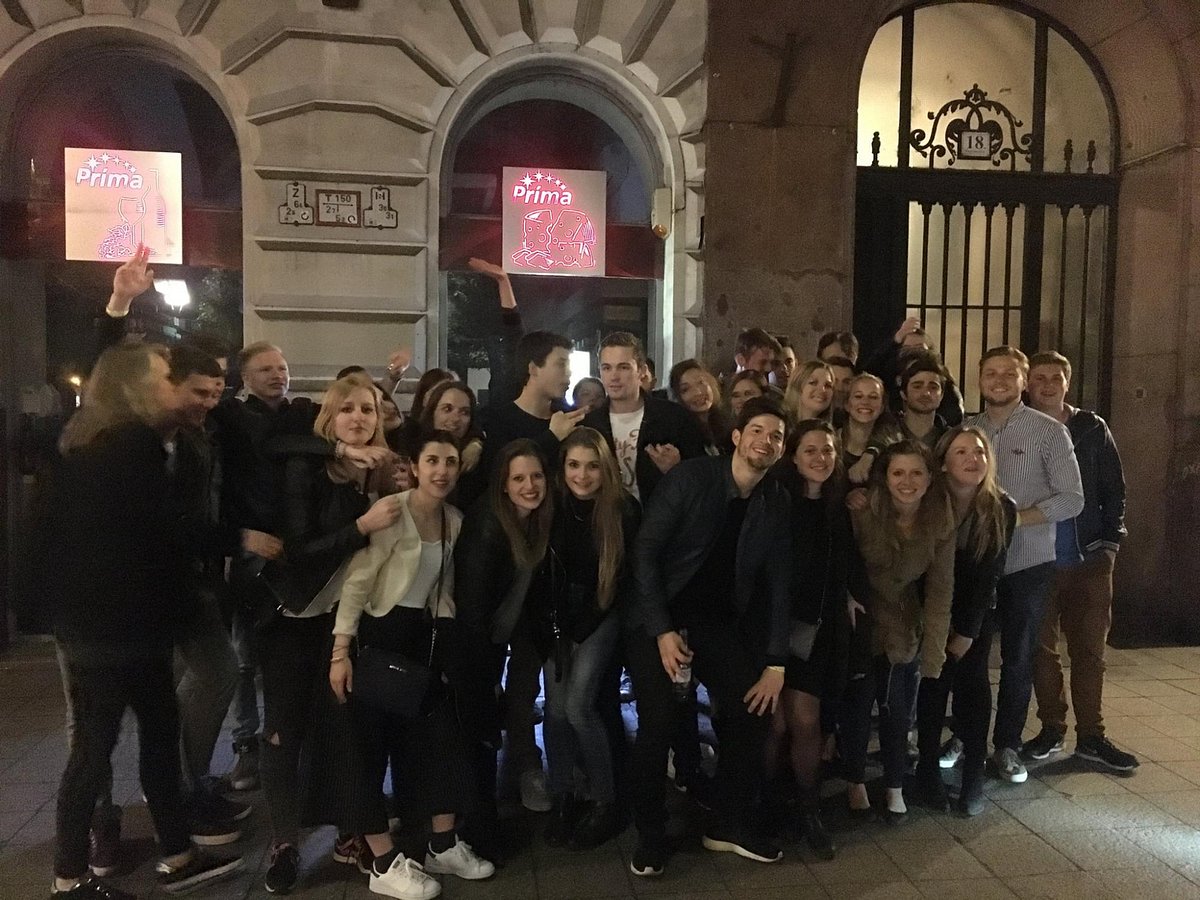De Wallen, Amsterdam’s Red Light District, is possibly the most well known sight in the city. The Red Light District is renowned for its groovier side with the windows brothels, relatively cup of coffee places, and the overall fascinating history lasting many centuries.
Final Thoughts About The Red Light District
Amsterdam was a bustling trading port in the 14th century when it became the Red Light District. The city needed places where sailors and traders from different countries could interact in leisure and may get themselves some companionship.
The church areas developed around the Oude Kerk (Old Church) in the city center, and the Red Light District we see today has slowly materialised.
Amsterdam’s Red Light District Begins
The Red Light District date back to the time when prostitution was more or less tolerated but regulated. When the authorities first tried to establish what were by then called curtis, designated places where prostitution would not only help them control but also help keep the sex workers safe and healthy, they designated specific streets in 1413.
By the 17th century, Amsterdam was a prosperous city and quite a few people from around the world came to visit. Seafarers and other men in need of entertainment came to the Red Light District.
Golden Age and the Expansion of the District
During its Golden Age the Red Light District substantially expanded and grew. The Oudezijds Voorburgwal canal was the main place for brothels and other forms of entertainment to develop around.
Prostitution was considered a necessary evil at that time, and was strictly regulated by the city authorities. Prostitutes were obligated to record their presence with the authorities, and to be regularly health checked and pay taxes.
Transforming Over the Years
Prostitution laws in Amsterdam were de tighter in the 19th century and the authorities also tried to limit the number of brothels and regulate where you could do the business. But the Red Light District survived and survived to maintain its identity over time.
The district experienced a series of problems and changes throughout the 20th century. The period from the 1960s and 1970s saw the area decline and decay. But in the 1980s, the Red Light District underwent a revitalization project changing it into a more tourist friendly and regulated area.
Present-Day Situation
Today, the Red Light District reaches across parts of Amsterdam’s city centre along Oudezijds Voorburgwal, Oudezijds Achterburgwal, and Oudezijds Kolk.
Prostitution is still an important part of the district and while the Red Light District is also known for its exciting party life; bars, cafes, clubs are just some of the options. Millions continue to visit every year.
Beyond the Stereotypes
Respecting to the sex workers is important to be noted as it was the Red Light District a tourist attraction, even though it is a famous tourist attraction. It is essential to recognize that these are people with whom have chosen this line of work and their right and autonomy are in the core of the discussion.
Together with prostitution, Red Light District comprises much more. It is steeped in a rich cultural history overflowing with stunning architecture, museums, and lively street life that falls well away from the district stereotype.
Conclusion
Red light district of Amsterdam has a special part in the history and culture of the city. Over the years it has evolved greatly, but its roots go back by the centuries. While it’s might be a controversial and eye opening tourist destination, you’ve got to go in with an open mind and respect for the people that work there.
That means when you’re in Amsterdam, they next opportunity is to explore the history of the Red Light District in Amsterdam.





